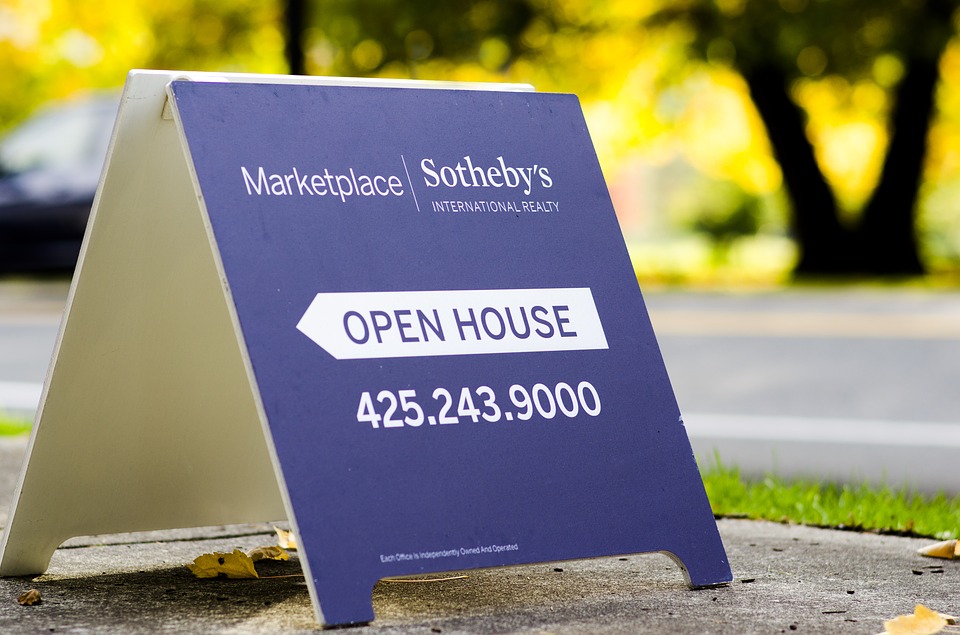In simple terms, a typical conveyancing transaction would have two main phases: exchange of contracts and consummation. The process would then continue until the property is sold or transferred. There are several transactions involved in the legal transfer of real estate and execution of deeds. It is important that you understand that the purchase or sale of real estate, as well as the acquisition of other property through a conveyancing transaction are not one-off events. Two parties are usually involved in conveyancing. The conveyancer is one party. The conveyancer is a person with the responsibility of making sure that all necessary legal documentation for the purchase or transfer of a property is satisfied. A conveyancer is someone who helps a buyer get financing and facilitates the loan application. In this instance, the conveyancer would not be working for the mortgage lender but the seller. The buyer would be the second party in the conveyancing process. This would usually be the person who is intending to buy the house. Sometimes, however, the buyer might just be confirming that they are purchasing the house. There are situations where the buyer is purchasing the property as an investor. In this instance, the investor would give the conveyance authority and the seller would refund the investor’s closing deposit upon the sale. This is done to avoid the seller having to pay the buyer’s closing deposit. Conveyancing Melbourne is the act of acquiring land or other legal titles through the giving or transfer of a legal document to another party. Although many people would prefer not to pay any fees, such as a closing deposit or loan amount, there are some people who cannot avoid these costs. In such cases, it is best to get a mortgage with the lowest fees. In the state of Texas, a mortgage that has the least amount of fees and charges is called a “lowest cost” mortgage. These low-cost mortgages can be offered by many conveyancers, and not just one. Other fees that you may need to pay include property taxes, stamp duty and land tax. This is the most common fee, but it is the largest. Stamp duty land tax is a fee you must pay when selling a house. While many people don’t have the obligation to pay this tax, there are those who absolutely must. The most common reason buyers pay full fees for conveyancing is that the buyer is only one owner. There are a few things you can do in this situation. You can allow the buyer and the seller to be both owners. This is known as simultaneous transfer. It will be explained in your Conveyancing manual. If you are trying to save money with your conveyancing, then the first thing that you should do is to search for a better deal. It is important to not charge any fees or other costs for the transaction. You should not allow permit fees, survey fees or solicitor’s fees to be added to your transaction. You may also be able to save a lot of money by allowing the lender to provide you with a no risk statement. If you are not able to find a low-cost lender, you might consider remortgaging your home. With this type of remortgage you will be able to lower your mortgage rate and it will cost you less money overall. Once you have chosen the right options, you will need time to meet with your conveyancer and discuss the whole process. Before you can begin the paperwork process, your conveyancer will need to have certain information. Your conveyancer should know if you need a completed deed, completion documents, a completion or a partial statutory declaration, a land registry, or an application. Your conveyancer should know when the application was filed, the type of approval received, and whether any problems were encountered with the application, such as missing property documentation, stamp duty issues, or missing property documentation.

